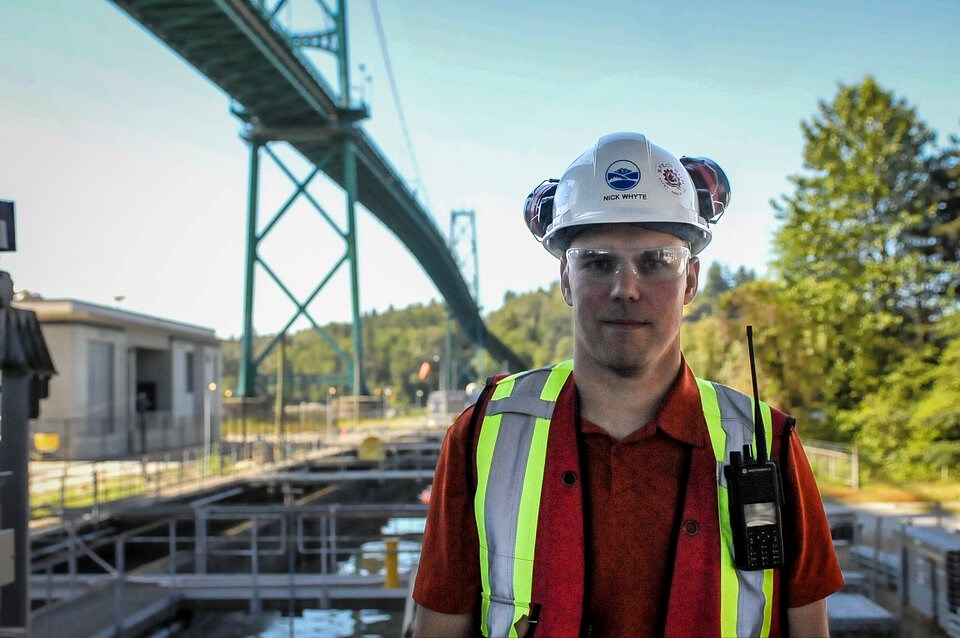Somewhere on Metro Vancouver's North Shore a toilet is flushing.
The tainted water twists through a series of pipes, and as it heads downhill to the coast, mixes with the flushables of 200,000 other people — eventually sloshing onto a plot of land in the shadow of the city’s most iconic bridge.
Gazing over a metal railing at the Lions Gate Wastewater Treatment Plant, operations supervisor Nicholas Whyte points at a vertical conveyor belt meant to rake out wet wipes, feminine hygiene products and Q-tips from raw sewage.
Outside, pipes feed the sewage into bubbling then stagnant tanks where chemicals bind broken up bits of fecal matter and allow them to settle to the bottom.
An assembly line of metal bars skims scum off the surface as a dozen gulls pick at bits of who-knows-what someone somewhere washed down the sink or flushed down the toilet.
“Yeah, lots of corn,” Whyte said.
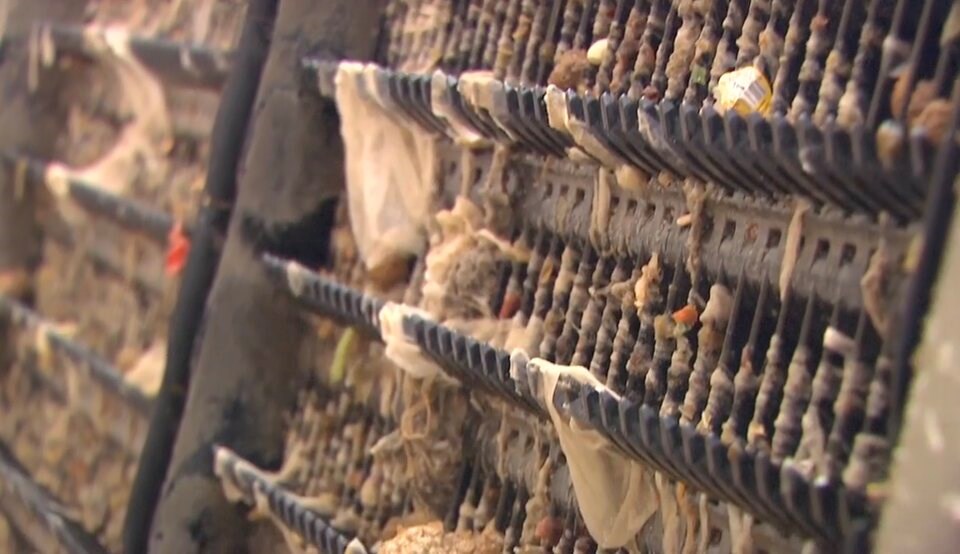
Now considerably clearer, the wastewater is sent down a five-metre-deep canal toward the sea. Between May and October, workers disinfect the treated sewage to “beach quality water” and shoot it through a submerged pipe that leads to an outfall 185 metres from the shore.
In its final brush with modern infrastructure, the treated sewage diffuses through holes in the pipe 20 metres below the surface of Burrard Inlet.
“It’s not fun, but we have to do it,” Whyte said. “Otherwise, this would all be in the ocean.”
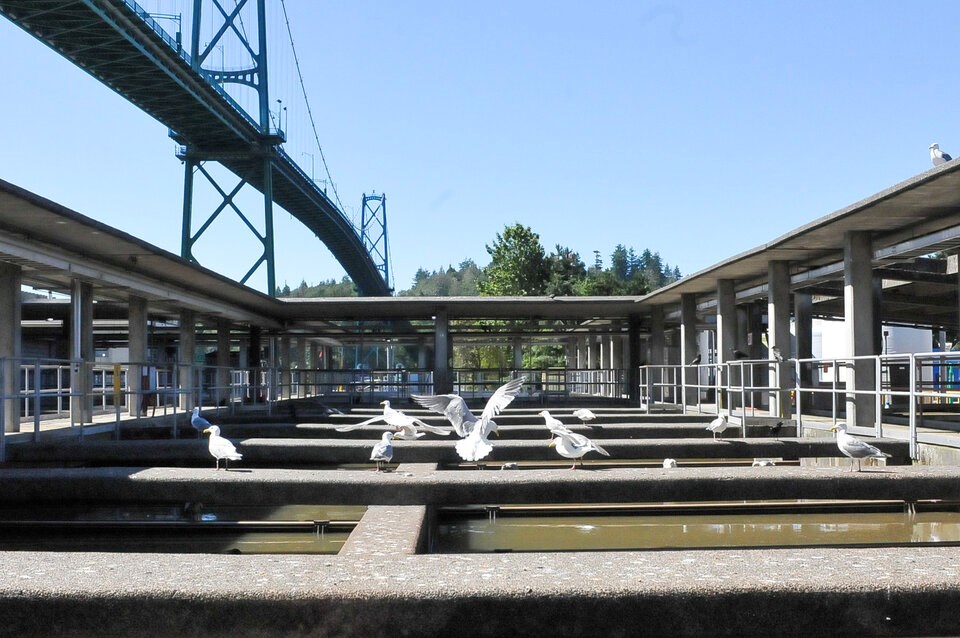
Today, Metro Vancouver is investing billions of dollars to modernize its aging wastewater facilities, many built as part of a post-war push to treat raw sewage before it hits waterways. Built in 1959, the Lions Gate facility is both the region’s oldest sewage plant and a soon-to-be-host of a cutting-edge trial looking to rebalance the oceans and fight back against climate change.
Next spring, workers will set up a facility at the head of the sewage plant’s shoreline canal. Here, truckloads of crushed up minerals will be dumped into the final stages of sewage treatment in an attempt to accelerate geologic influences on the ocean.
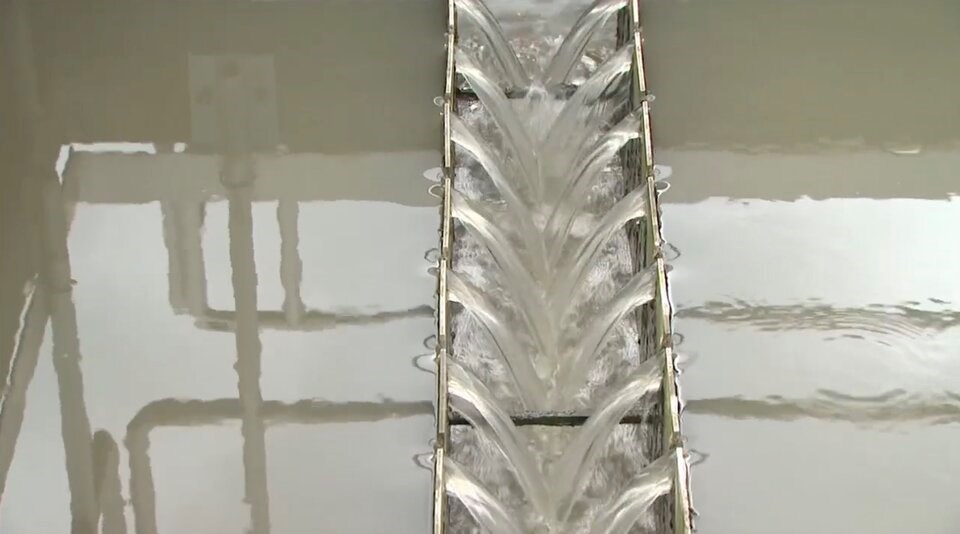
A problem 200 years in the making
For millions of years, the amount of carbon dioxide (CO2) in the atmosphere was governed by natural forces — a balance between plant life absorbing carbon and animals breathing it out.
Once in the atmosphere, CO2 made it into the ocean through several paths: it was absorbed by plankton, directly mixed at the sea’s surface and fell from the sky as slightly acidic rain drops.
When that rain hit the continents’ stone surfaces, however, a small amount of the mostly alkaline minerals dissolved.
Played out over geologic time frames, the chemically altered surface water fed the ocean, counterbalancing the effect of ocean acidification and helping to create the alkaline conditions necessary for sea life to build shells and thrive.
But in the span of about 200 years, humanity’s increasing tendency to burn fossil fuels and cut forests has knocked that ocean chemistry off balance.
Today, the world’s oceans have absorbed about 26 per cent of that CO2 pumped into the atmosphere. The buffering role has come at a cost, with average global ocean acidity spiking 30 per cent above historic levels.
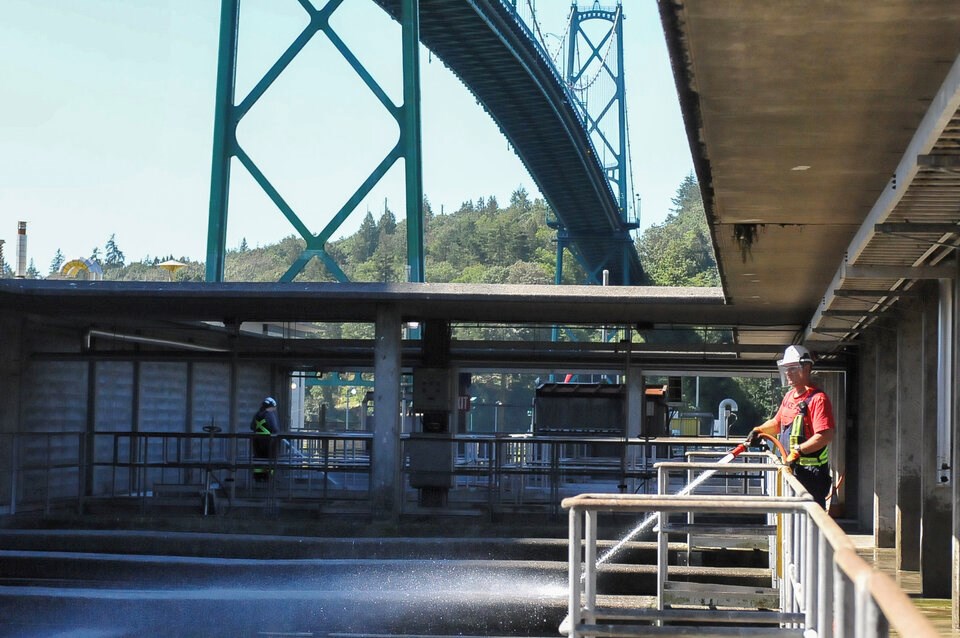
In some places, like British Columbia, ocean circulation patterns mean acidity has spiked even higher, to 40 per cent, creating the most acidic ocean conditions in the past 20 million years.
By 2050, ocean acidity is expected to cross a critical threshold for several shellfish to survive, according to a Strategic Climate Risk Assessment carried out by the province.
“These species will be weakened permanently and likely unable to recover,” notes the province.
That has triggered the B.C. government to classify ocean acidification among the six greatest climate threats facing the region.
Local solutions to the problem have so far proved elusive. Now, one Canadian company is looking to change that.
Plans to speed up Earth’s geology
To counteract increasingly acidic oceans, Planetary Technologies is looking to Vancouver as a testing ground to trial a technology that mimics billions of years of geologic weathering.
The idea, said CEO Mike Kelland, is to use existing industrial outflows as a conduit to deliver crushed rock into the sea.
“What do you do when you have too much acid? Well, you neutralize it with a base,” he said.
One of those basic minerals comes in the form of calcium hydroxide, or lime, a compound sometimes used in food and medication, and already added at some sewage plants to adjust the pH. The other, magnesium hydroxide, is sold over the counter at drug stores as milk of magnesia.
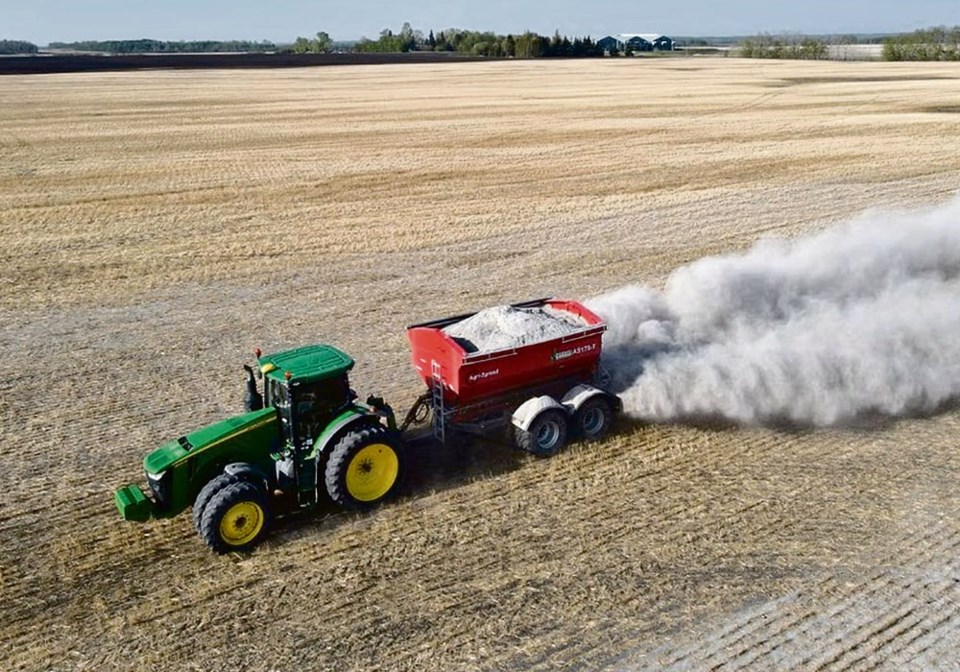
Once in the water, the minerals transform CO2 into a salt that remains suspended in the ocean for 100,000 years. In theory, the surrounding seawater can now absorb more carbon from the atmosphere in a process that could draw down the planet-warming gas.
Lillian Zaremba, a program manager in Metro Vancouver’s liquid waste department, said the regional government will be the first Canadian sewage plant operator to host a trial of the technology.
“Think of these as antacid for the ocean,” said Zaremba. “They’re pretty benign minerals.”
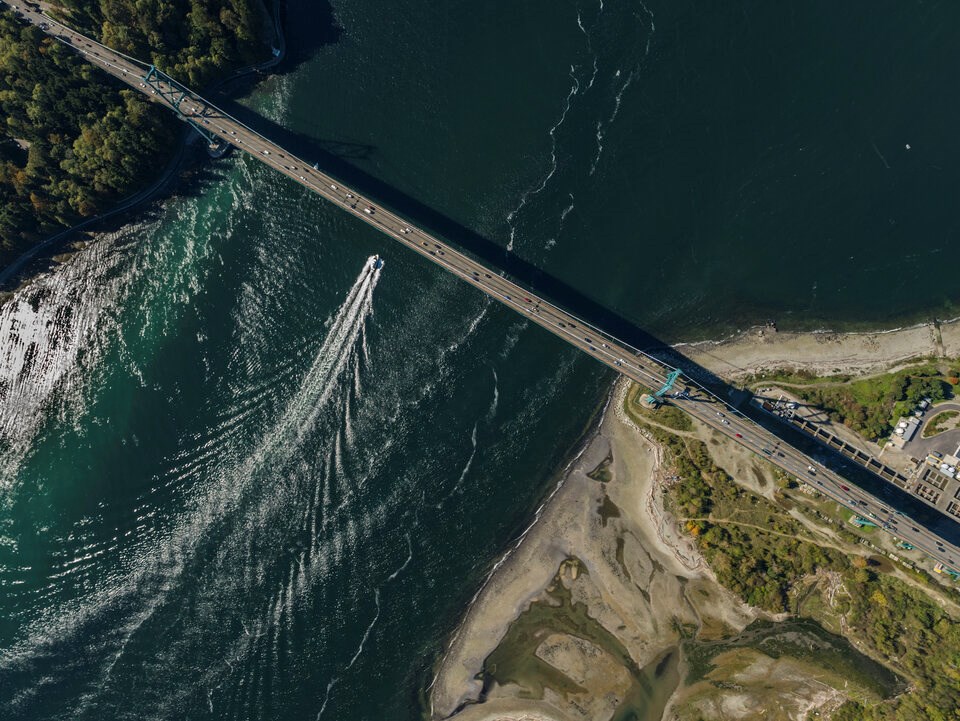
Zaremba acknowledged there are some risks. The biggest comes from dumping truckloads of minerals into the sewage plant’s canal and then finding out they are contaminated with trace metals. She said Metro and the company are working to avoid that scenario by having experts on site to test every batch.
Acidity levels of the treated sewage will also be monitored in real-time so workers can adjust the dose within regulatory limits.
And when it comes to the risks from suspended solids, an underwater cloud of particles around an outfall could theoretically block out sunlight and devastate an ecosystem. Kelland says they will avoid that danger by completely dissolving the minerals before they reach the ocean.
The concept has been proven in labs and small trials. Zaremba says more are needed to show there are no unintended consequences in local waters or when it’s scaled up. So far, she says the data looks promising.
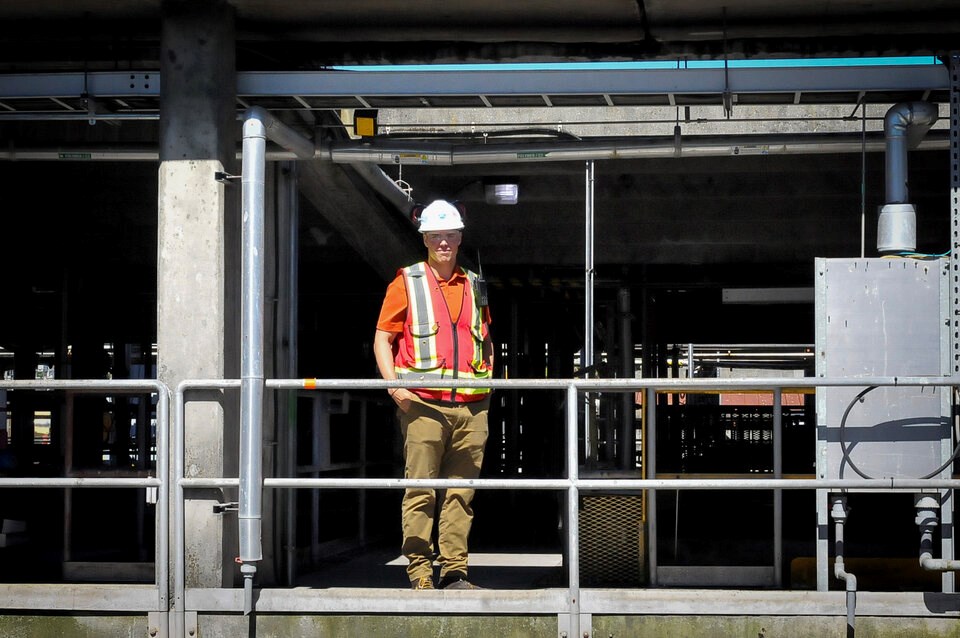
Early evidence shows localized success
Only a handful of companies around the world are testing the use of alkaline minerals to neutralize acidic oceans and remove carbon. Some are doing the opposite, removing acid instead of countering it with an antacid.
Others, like Carbon Run of Nova Scotia, also add alkaline minerals to water, but instead of working in the ocean, they capture carbon from rivers that eventually flow to the sea.
Planetary Technologies has been trialling the addition of magnesium hydroxide at a wastewater plant off the United Kingdom’s Cornwall coast.
Last week, independent researchers monitoring the trial released some of their first peer-reviewed results. The study, published in the Nature journal Communications Earth & Environment, found that when wastewater had its average alkalinity boosted by 10 per cent, seawater CO2 dropped by 74 per cent.
The ocean surrounding the sewage plant’s outfall was also found to have turned slightly less acidic, offering proof of concept the technique works, claimed researchers.
The effects, however, were contained within a few metres of the release and dissipated as soon as addition of the mineral ended.

Since the U.K. operation, Kelland says Planetary has expanded its technology in a trial at a power plant in Halifax. Last year, he said the company removed 100 tonnes of carbon from local waters. And this year, the company plans to up carbon removal to 1,000 tonnes — equivalent to about 500 return flights across Canada.
“It's a drop in the bucket, but you know, the idea is, if we can scale it up to that 10,000-tonne level, to me, that opens up scaling it further,” Kelland said.
“As you increase scale, the size of that local effect is going to grow. Right now, it's five metres at the current scale. And then if we increase it, it'll be 10 or 20 metres around it. It will give that positive effect to that local ecosystem.”
Plans for massive expansion
By 2029, the company wants to remove a million tonnes of oceanic carbon a year. Kelland hopes the projects, which could extend across the Salish Sea as far as Vancouver Island, include First Nations.
Across Canada, Planetary Technologies estimates existing outfall pipes could handle 80 million tonnes of carbon removal per year. And with a trial also set to launch in Norfolk, Va., next year, Kelland says existing infrastructure in the U.S. could balloon the potential of ocean alkalinity carbon removal to seven billion tonnes per year.
That’s more than the entire output of the world’s oil and gas industry.
Not everyone is as convinced as Kelland, and many critics say companies pursuing carbon capture technology — whether sucking carbon from smokestacks or snatching it right out of the air — funnel money away from proven investments like wind or solar energy.
Worse, say opponents, it is being used as a tool to "greenwash" polluting industries and gives companies a licence to carry on as usual.
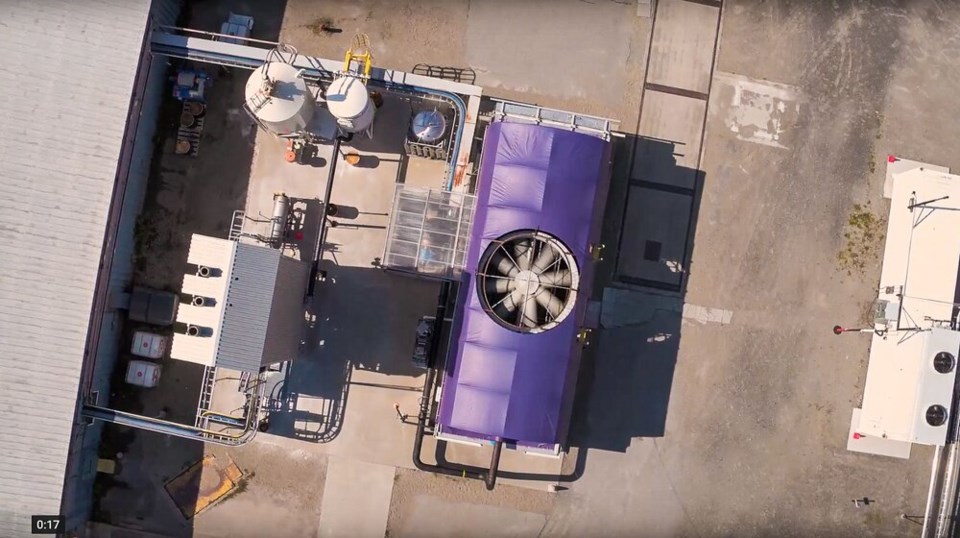
But Kelland says both the Intergovernmental Panel on Climate Change and the International Energy Agency have both acknowledged carbon capturing technology is going to play an increasingly important role in the decades to come.
“When we look at the climate models, every single climate model that keeps us under 1.5 or two [degrees Celsius] has a portion of negative emissions within it of various sizes,” he said. “And so it's not a question anymore as to whether we need these technologies or not. The question is how much we're going to need of them.”
Funded by carbon credits, transportation remains biggest cost
To fund their work, Planetary Technologies is looking to scale up the company at multiple sites around the world, where it will sell carbon credits at the cost of between $100 and $130 per tonne.
Kelland said the company's business model could eventually include licensing its platform to anyone who wants to pursue it.
“What becomes the limiting factor is getting access to the alkalinity feedstock, getting it to the shore,” he said.
“When you transport stuff, it's expensive, and that's where things are going to fall down. Rather than the carbon footprint, it's going to be the cost of transportation that really limits the distance from which you can bring things and still sort of make this cost effective.”
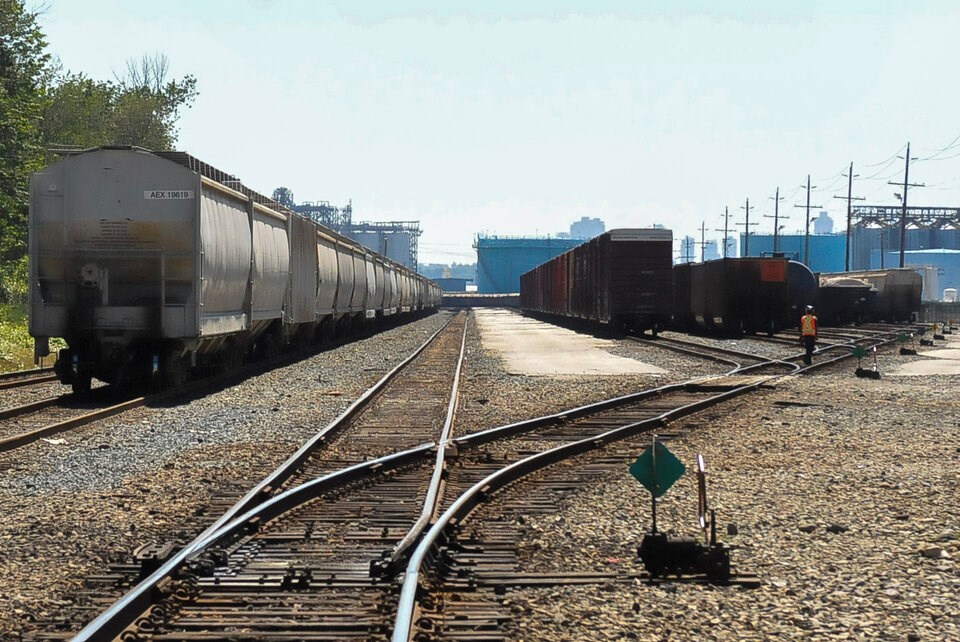
To feed the Vancouver trial, Kelland says his company has several candidates that already produce alkaline minerals, from mining operations to cement factories and pulp and paper mills.
Built near a major rail yard and industrial port, the location of the North Shore facility makes the prospect of sourcing the minerals easier. Strong currents running under Lions Gate Bridge and a relatively shallow outfall also mean the minerals have a better chance of mixing to the surface, added Zaremba.
Independent researchers watching carefully
Researchers have already started to do some baseline monitoring before any of the minerals are added. Zaremba said they will monitor for any biological impacts to the surrounding ecosystem, as well as changes to ocean chemistry, like CO2 and pH levels before, during and after the trial.
Underwater, the base minerals are expected to immediately drop seawater acidity. But unless the alkalinity makes it to the surface, removing carbon from the ocean and atmosphere won’t work, said Susan Allen, a professor of oceanography at the University of British Columbia.
“If it's just sitting in the water column, it doesn't change the atmospheric CO2 at all. It has to actually get to the surface water in order for it to impact the surface water, and therefore impact the amount of CO2 the ocean water can take,” Allen said.
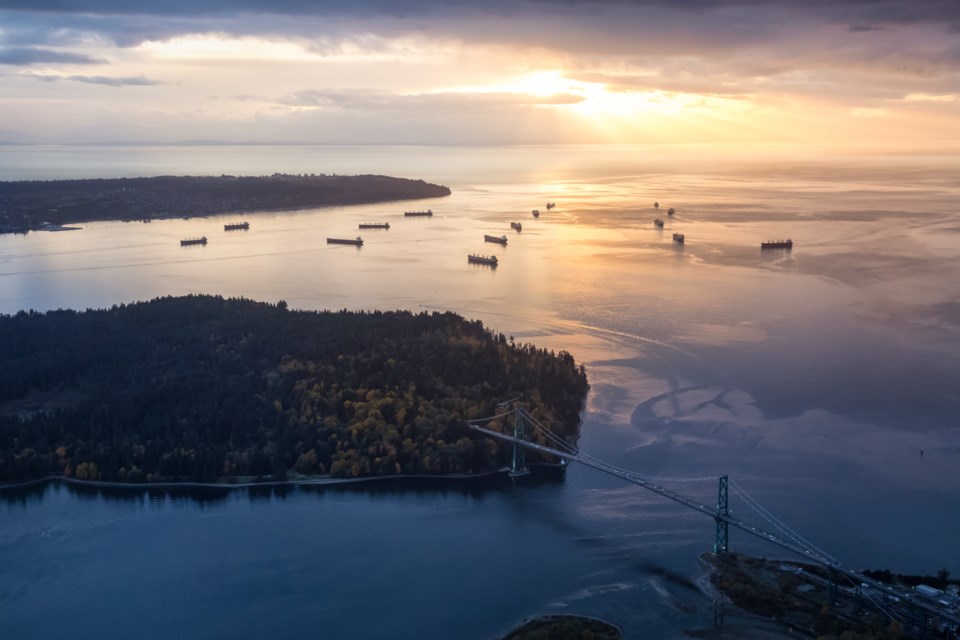
One challenge, said Allen, is that no patch of ocean is the same. Where the U.K. has a shallower, turbulent outfall location, the deep glacier-carved waterways surrounding Metro Vancouver offer a different dynamic influenced by deep water, the strength of the Fraser River, and layered water columns built up over the rainy season.
That’s where Allen and her three-dimensional model of the Salish Sea will come in. She says the numerical model will help navigate local underwater conditions, forecast where the plume of extra alkalinity goes, and how it reacts with the water of the Burrard Inlet.
“I'm getting near retirement. I really worry about leaving this problem to the next generation, and so I think it's our responsibility to investigate ways that we can make things better,” Allen said.
“At least we're going in the right direction, right?”
